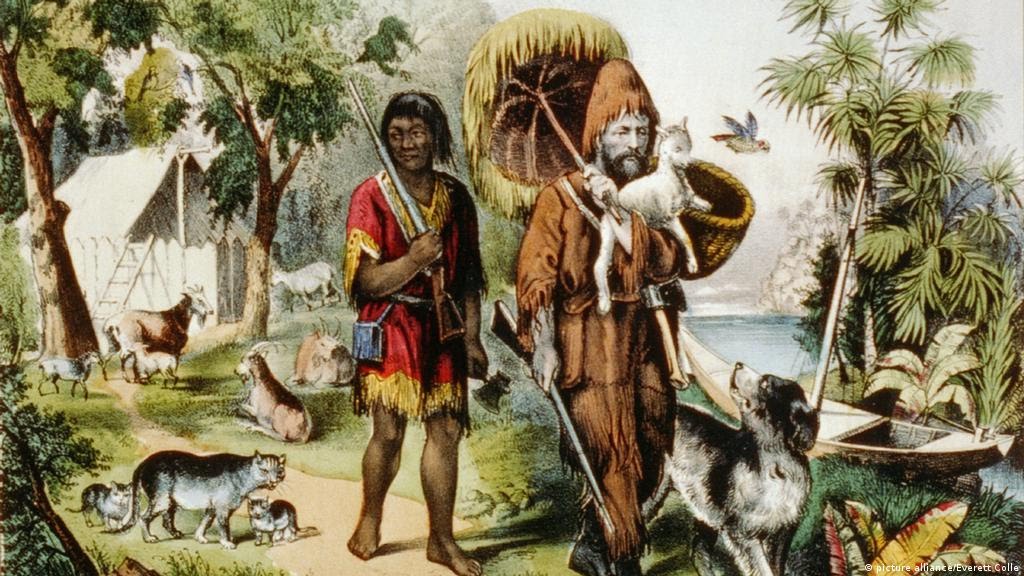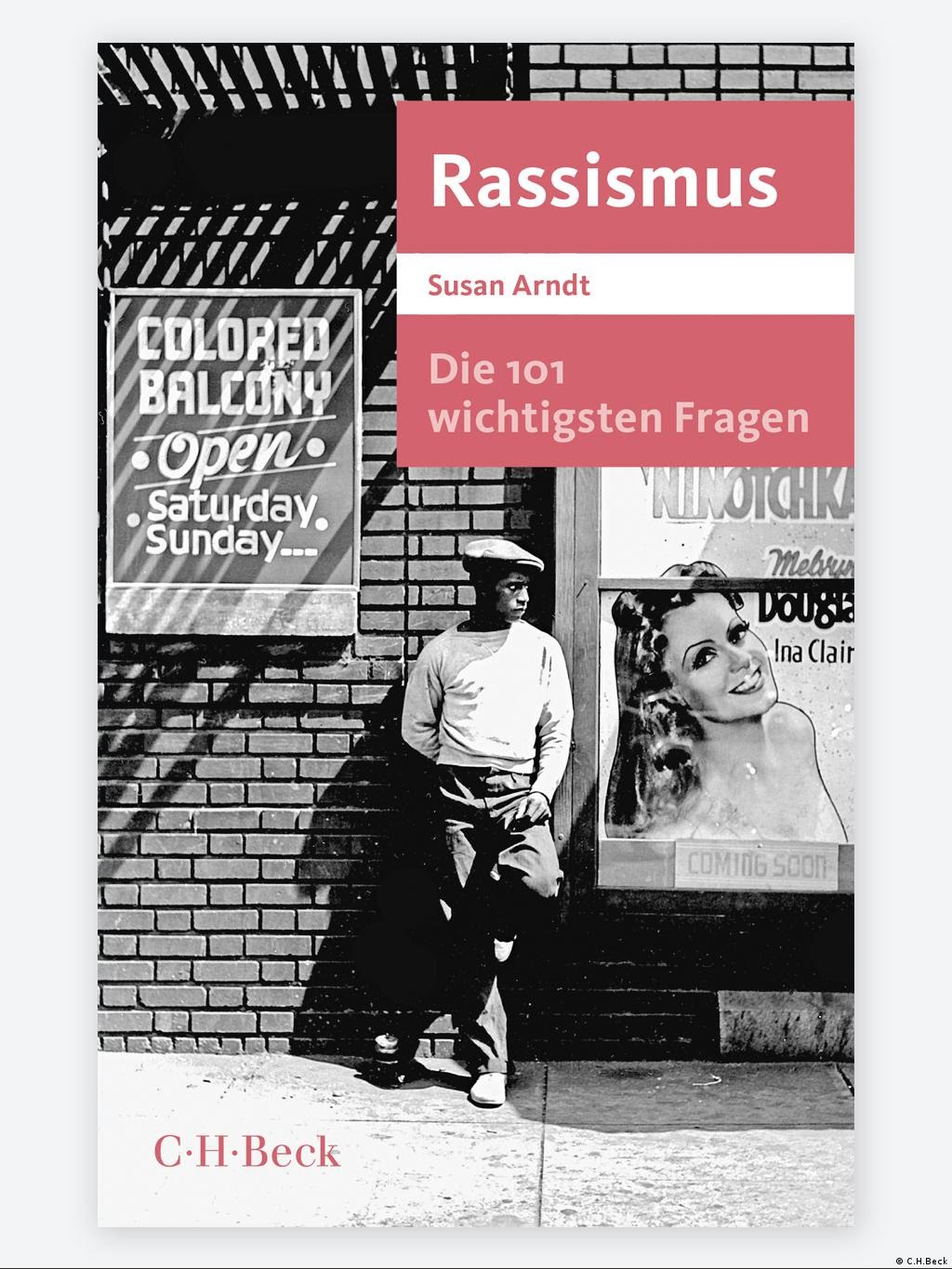Jesusie
JF-Expert Member
- Aug 29, 2021
- 1,376
- 723
Financial Times gazeti maarufu duniani linalosomwa na watu milioni 26 kwa mwezi kwa mara ya kwanza nimeona likianza kuisemea vizuri Tanzania baada ya kutuchafua sana miaka mitano iliyopita hasa kuhusu hali yetu ya Uchumi,
Kwahatua hii Tanzania tumepiga bao sana hasa kwenye sekta ya Utalii, Hebu endelea kusoma ushuhuda wa mtalii aliyefika Chumbe -Zanzibar alivyoripotiwa na jarida hili la "The Finincial Times"
===
The effects of H. E. Samia Suluhu Hassan Royal Tour has started rapidly showing an extraordinary impacts on tourism sector and tourists attractions all over the country,
The World biggest Newspaper " Finicial Times " has started aggrandizing our tourism sector all over the world and honesty this mighty be the biggest opportunity We had ever had in the near past as a country,
May you please continue reading this eversweetest testimony from one of our tourist who visited Chumbe Island -Zanzibar,
👇🏿👇🏿
In Tanzania, a Robinson-Crusoe retreat offers hospitality and hope Just off Zanzibar,
Chumbe Island is a small but successful model of how tourism and conservation can work together
At the beginning of October, towards the end of the dry season when east Africa is as parched and wrinkled as an elephant’s skin,
I travelled to Tanzania to do some book research in the Zanzibar National Archives. This kept me confined to the hustle of Stone Town.
It was my first time in the city and I loved its pink light and alleys too narrow to pass through without giving way to a stranger walking in the other direction.
I loved the art of conversation, which is articulated in the architecture, with long stone seats where Zanzibaris gather to talk in squares under the pooling shade of the mango trees.
I even came to like the early morning call to prayer, which flooded out of a tinny microphone at the end of the alley where I stayed, the imam’s high-pitched refrain drilling, then singing, into my ear. Leaving the house, I walked alongside schoolchildren in their clacking flip flops, the girls in flowing white hijabs gliding through the streets like dhows in sail.
Grabbing a coffee and hot chapati somewhere along the way, I was under the lazy beat of the archives’ ceiling fan by 9am. It was hot, bureaucratic, time-consuming work, searching for forgotten history in fragile papers.
Hour by hour, my energy began to dissipate in the wearying heat. By the time the weekend came around, I wanted to swim in the ocean and wash off the close air. More than anything, I wanted to take a break from the densely curled italics of the 19th-century letters I was trying to unpick.
I hoped Chumbe Island Coral Park would be the tonic I needed. There was promise in the name: “Chu”, I was told by locals, meant something like “sandbank” or “rock”; “mbele” meant “faraway”. It was a relatively inexpensive, simple lodge on an otherwise uninhabited island fringed by Tanzania’s first privately run marine protected area (MPA). With just seven cottages, Chumbe’s sustainability credentials also included zero consumption of single-use plastics and efforts to hire local; roughly half the staff are from nearby Zanzibar fishing villages.
Low impact: the island’s cottages were built with sustainability in mind © Sophy Roberts The project had a long track record.
Chumbe Island was first leased from the Zanzibar government in 1994 when the MPA was also formalised. It opened to overnight eco-tourism stays four years later after investment from Sibylle Riedmiller, a German social scientist with a passion for marine conservation. I wondered if Chumbe might fit the low-impact, ecologically sensitive ethos I wanted to lean into with the places I visited coming out of the pandemic. The ocean shallowed to an electric turquoise, which gave way to a band of dazzling sand backed by forest. I could sense the crackling life This is, after all, a time of profound recalibration; with the notion of travel as pure escapism under increasing scrutiny, some fantasies, including the paradise island myth, might not survive the realities exposed by our deepening ecological and climate emergencies.
Chumbe, I hoped, would speak to those shifts in perspective — a lodge that acknowledged the imperfections of our world by actively engaging in the issue of marine degradation.
I made the journey on a wooden boat skippered by a hardy fisherman. He met me beneath the gardens of the former Anglican mission station at Mbweni Beach, a 20-minute car ride from Stone Town. With the brightly painted belly of the vessel sinking low in the rising swell, I wondered if I’d made a mistake. The outboard motor coughed its way across the water. You’ll be fine, said the skipper; navigating the perilous Swahili coast was his people’s heritage.
A centuries-old baobab tree, its girth measured in the arm-spans of six people standing fingertip to fingertip © Sophy Roberts Juma Said, a wildlife ranger on Chumbe, in the lighthouse, which guests can climb to get a view over the island © Sophy Roberts The sky began to break into those fingers of light that in Africa can somehow feel bigger than anywhere else. It was as if Chumbe’s lighthouse, which I’d mistaken for a minaret, had sliced open the ball of sun so it spilled its gold on to this kilometre-long sliver of island.
The ocean shallowed to an electric turquoise, which gave way to a band of dazzling sand backed by forest. I could sense the crackling life, the heavy canopy functioning like a lid on a lost world.
Chumbe is dominated by an unusual ecosystem called coral rug jungle which survives on waterless ground (why the island has never been inhabited). The thick, thirsty canopy sucks in all the moisture it can get from the dew and monsoons. I waded into shore with my bag.
There was an old mosque, once used by the lighthouse keepers of the early 20th century, and an elegant, open-sided main building with peaks of thatch and shady nooks for dining. I picked my way down the edge-line between the sand and trees to my cottage, where a wildlife ranger called Juma Said pointed out a fossilised giant clam hidden in the leaf-mould. Its size reminded me of the shell in Botticelli’s “Birth of Venus”. Later, he said, we’d return to this path, to see the centuries-old baobab tree, its girth measured in the arm-spans of six people standing fingertip to fingertip.
In Stone Town, I’d come across black baobab fruit which is turned into ubuyu, a sweetened clove-and-cinnamon candy. Said also wanted to show me the brain and mushroom corals in the island’s interior, which over the past 15,000 years have been pushed up from the ocean floor.
I found them for myself the next day: curious white lumps belonging to an ancient underwater world overtaken by the snaking root systems of the forest. It was strange and mesmerising, a kind of millefeuille of sea and land, of life and death, experienced on a footpath meandering through deep time.
The protected turquoise waters off Chumbe Island © Sophy Roberts I was almost too tired to eat, so I settled into my room — a thatched, two-floor beach cottage made from coconut palm fronds (makuti) strung with sisal ropes to a simple casuarina and stone frame. On the ground floor, there was a hammock and a daybed fashioned from old dhow wood.
I took a warm shower — given there is no fresh water on the island, it is harvested from rain — in a bathroom open to the insect life. Upstairs, there was a large double bed under a cloud of mosquito net. By pulling a rope, I could operate a huge makuti flap to reveal the ocean. I dozed with it open, listening to a white-browned coucal, whose call sounded like water pouring from a bottle.
I watched the passage of a dhow, its white sail catching the silver glow of the rising moon. Such are the rhythms on Chumbe: the pulse of the Indian Ocean, the ebb and flow of the tides, which hide and reveal the twiggy legs of black mangroves and secret intertidal pools.
There is nothing much to do — snorkelling, sleeping, reading, eating — which also felt like just enough, though that might not work for everyone. No one raked the beach, which is scored by the criss-crossing journeys of scuttling hermit crabs. No one brought drinks to the sun-loungers, which are few and far between.
I usually had to look for someone for service, which was more about smiles than speed. Jennifer Mussa Sisuan, a staff member at Chumbe © Sophy Roberts Snorkelling is one of the few activities on the easy-going island © Sophy Roberts The food, however, was delicious.
The lunchtime spread was laid out in clay pots over red-hot coals: curried kole kole fish, slowly stewed with aromatic cardamom, chillies and cinnamon; king prawns in a milky coconut sauce; farm-fresh salads. Dinner was a set menu. Then when the sun went down, the coconut crabs came out — two-to-three-kilo scavengers that scuttled out of deep holes in the island’s coralline rocks.
They are the largest land-living crustaceans in the world, with such mighty claws they can crack a coconut husk for food. They are also locally extinct in many fishing communities in Zanzibar, the crabs hunted for their meat.
I spent my happiest hours snorkelling the reef. I could see coral bleaching from the warming seas — triggered by the El Niño years of 1998 and 2016 — but in spite of this, the marine life was abundant. Large parrotfish hovered and shone in conspicuous numbers.
These are the coral gardeners, contributing to sand replenishment and making clear areas for new corals to settle. It was all the colour I’d been longing for after the grey days of multiple lockdowns: shimmering silvers, pinks, oranges, psychedelic blues.
An American guest, who had spent a couple of weeks photographing the marine life off Zanzibar, said it was the best he’d seen all vacation. Guests relax under the thatched roofs
Sophy Roberts A dhow drifts over waters teeming with marine life Sophy Roberts There is a reason for this: since 1998, when the island first opened to eco-tourism, no fishing has been allowed along a 300-metre-wide, shore-to-reef strip on the island’s western shore.
The reef’s natural balance, despite proximity to heavily fished areas, has returned to near pristine condition. There is now a healthy spillover of stock into adjacent fishing waters, which, according to Said, creates a persuasive case for the Zanzibar government to set aside more marine conservation areas in the future.
It is the same argument Chumbe makes to local communities, to show the younger generation that ecosystem protection can provide a more sustainable future for everyone.From its first year of operation, Chumbe has provided access to day visitors, including Zanzibari schoolchildren.
Income from overnight tourists covers the costs of these daytrips, which since Chumbe’s inception have benefited some 12,000 Zanzibaris, including kids from more than 100 local schools. “Everyone wants to work here,” said Masoud Soud, an administrative assistant on the island, who originally came to Chumbe on a student day trip in 2008. “I was inspired by it.
The marine park has inspired a generation.” To hear these words was heartening. Because while Chumbe isn’t large-scale, it is providing a positive model for marine rewilding in Africa. At a time when so many livelihoods in the travel industry have been destroyed by the pandemic, we should celebrate those individuals willing to inject their passion or money into conserving those precious ecosystems which have managed to survive, like sandbanks faraway. Chumbe may be the proverbial drop in the ocean, but by the time I left its shores, I felt I’d experienced something genuine in what are otherwise such torrid, confusing times.
Source : Finincial Time,
Visit Tanzania










Kwahatua hii Tanzania tumepiga bao sana hasa kwenye sekta ya Utalii, Hebu endelea kusoma ushuhuda wa mtalii aliyefika Chumbe -Zanzibar alivyoripotiwa na jarida hili la "The Finincial Times"
===
The effects of H. E. Samia Suluhu Hassan Royal Tour has started rapidly showing an extraordinary impacts on tourism sector and tourists attractions all over the country,
The World biggest Newspaper " Finicial Times " has started aggrandizing our tourism sector all over the world and honesty this mighty be the biggest opportunity We had ever had in the near past as a country,
May you please continue reading this eversweetest testimony from one of our tourist who visited Chumbe Island -Zanzibar,
👇🏿👇🏿
In Tanzania, a Robinson-Crusoe retreat offers hospitality and hope Just off Zanzibar,
Chumbe Island is a small but successful model of how tourism and conservation can work together
At the beginning of October, towards the end of the dry season when east Africa is as parched and wrinkled as an elephant’s skin,
I travelled to Tanzania to do some book research in the Zanzibar National Archives. This kept me confined to the hustle of Stone Town.
It was my first time in the city and I loved its pink light and alleys too narrow to pass through without giving way to a stranger walking in the other direction.
I loved the art of conversation, which is articulated in the architecture, with long stone seats where Zanzibaris gather to talk in squares under the pooling shade of the mango trees.
I even came to like the early morning call to prayer, which flooded out of a tinny microphone at the end of the alley where I stayed, the imam’s high-pitched refrain drilling, then singing, into my ear. Leaving the house, I walked alongside schoolchildren in their clacking flip flops, the girls in flowing white hijabs gliding through the streets like dhows in sail.
Grabbing a coffee and hot chapati somewhere along the way, I was under the lazy beat of the archives’ ceiling fan by 9am. It was hot, bureaucratic, time-consuming work, searching for forgotten history in fragile papers.
Hour by hour, my energy began to dissipate in the wearying heat. By the time the weekend came around, I wanted to swim in the ocean and wash off the close air. More than anything, I wanted to take a break from the densely curled italics of the 19th-century letters I was trying to unpick.
I hoped Chumbe Island Coral Park would be the tonic I needed. There was promise in the name: “Chu”, I was told by locals, meant something like “sandbank” or “rock”; “mbele” meant “faraway”. It was a relatively inexpensive, simple lodge on an otherwise uninhabited island fringed by Tanzania’s first privately run marine protected area (MPA). With just seven cottages, Chumbe’s sustainability credentials also included zero consumption of single-use plastics and efforts to hire local; roughly half the staff are from nearby Zanzibar fishing villages.
Low impact: the island’s cottages were built with sustainability in mind © Sophy Roberts The project had a long track record.
Chumbe Island was first leased from the Zanzibar government in 1994 when the MPA was also formalised. It opened to overnight eco-tourism stays four years later after investment from Sibylle Riedmiller, a German social scientist with a passion for marine conservation. I wondered if Chumbe might fit the low-impact, ecologically sensitive ethos I wanted to lean into with the places I visited coming out of the pandemic. The ocean shallowed to an electric turquoise, which gave way to a band of dazzling sand backed by forest. I could sense the crackling life This is, after all, a time of profound recalibration; with the notion of travel as pure escapism under increasing scrutiny, some fantasies, including the paradise island myth, might not survive the realities exposed by our deepening ecological and climate emergencies.
Chumbe, I hoped, would speak to those shifts in perspective — a lodge that acknowledged the imperfections of our world by actively engaging in the issue of marine degradation.
I made the journey on a wooden boat skippered by a hardy fisherman. He met me beneath the gardens of the former Anglican mission station at Mbweni Beach, a 20-minute car ride from Stone Town. With the brightly painted belly of the vessel sinking low in the rising swell, I wondered if I’d made a mistake. The outboard motor coughed its way across the water. You’ll be fine, said the skipper; navigating the perilous Swahili coast was his people’s heritage.
A centuries-old baobab tree, its girth measured in the arm-spans of six people standing fingertip to fingertip © Sophy Roberts Juma Said, a wildlife ranger on Chumbe, in the lighthouse, which guests can climb to get a view over the island © Sophy Roberts The sky began to break into those fingers of light that in Africa can somehow feel bigger than anywhere else. It was as if Chumbe’s lighthouse, which I’d mistaken for a minaret, had sliced open the ball of sun so it spilled its gold on to this kilometre-long sliver of island.
The ocean shallowed to an electric turquoise, which gave way to a band of dazzling sand backed by forest. I could sense the crackling life, the heavy canopy functioning like a lid on a lost world.
Chumbe is dominated by an unusual ecosystem called coral rug jungle which survives on waterless ground (why the island has never been inhabited). The thick, thirsty canopy sucks in all the moisture it can get from the dew and monsoons. I waded into shore with my bag.
There was an old mosque, once used by the lighthouse keepers of the early 20th century, and an elegant, open-sided main building with peaks of thatch and shady nooks for dining. I picked my way down the edge-line between the sand and trees to my cottage, where a wildlife ranger called Juma Said pointed out a fossilised giant clam hidden in the leaf-mould. Its size reminded me of the shell in Botticelli’s “Birth of Venus”. Later, he said, we’d return to this path, to see the centuries-old baobab tree, its girth measured in the arm-spans of six people standing fingertip to fingertip.
In Stone Town, I’d come across black baobab fruit which is turned into ubuyu, a sweetened clove-and-cinnamon candy. Said also wanted to show me the brain and mushroom corals in the island’s interior, which over the past 15,000 years have been pushed up from the ocean floor.
I found them for myself the next day: curious white lumps belonging to an ancient underwater world overtaken by the snaking root systems of the forest. It was strange and mesmerising, a kind of millefeuille of sea and land, of life and death, experienced on a footpath meandering through deep time.
The protected turquoise waters off Chumbe Island © Sophy Roberts I was almost too tired to eat, so I settled into my room — a thatched, two-floor beach cottage made from coconut palm fronds (makuti) strung with sisal ropes to a simple casuarina and stone frame. On the ground floor, there was a hammock and a daybed fashioned from old dhow wood.
I took a warm shower — given there is no fresh water on the island, it is harvested from rain — in a bathroom open to the insect life. Upstairs, there was a large double bed under a cloud of mosquito net. By pulling a rope, I could operate a huge makuti flap to reveal the ocean. I dozed with it open, listening to a white-browned coucal, whose call sounded like water pouring from a bottle.
I watched the passage of a dhow, its white sail catching the silver glow of the rising moon. Such are the rhythms on Chumbe: the pulse of the Indian Ocean, the ebb and flow of the tides, which hide and reveal the twiggy legs of black mangroves and secret intertidal pools.
There is nothing much to do — snorkelling, sleeping, reading, eating — which also felt like just enough, though that might not work for everyone. No one raked the beach, which is scored by the criss-crossing journeys of scuttling hermit crabs. No one brought drinks to the sun-loungers, which are few and far between.
I usually had to look for someone for service, which was more about smiles than speed. Jennifer Mussa Sisuan, a staff member at Chumbe © Sophy Roberts Snorkelling is one of the few activities on the easy-going island © Sophy Roberts The food, however, was delicious.
The lunchtime spread was laid out in clay pots over red-hot coals: curried kole kole fish, slowly stewed with aromatic cardamom, chillies and cinnamon; king prawns in a milky coconut sauce; farm-fresh salads. Dinner was a set menu. Then when the sun went down, the coconut crabs came out — two-to-three-kilo scavengers that scuttled out of deep holes in the island’s coralline rocks.
They are the largest land-living crustaceans in the world, with such mighty claws they can crack a coconut husk for food. They are also locally extinct in many fishing communities in Zanzibar, the crabs hunted for their meat.
I spent my happiest hours snorkelling the reef. I could see coral bleaching from the warming seas — triggered by the El Niño years of 1998 and 2016 — but in spite of this, the marine life was abundant. Large parrotfish hovered and shone in conspicuous numbers.
These are the coral gardeners, contributing to sand replenishment and making clear areas for new corals to settle. It was all the colour I’d been longing for after the grey days of multiple lockdowns: shimmering silvers, pinks, oranges, psychedelic blues.
An American guest, who had spent a couple of weeks photographing the marine life off Zanzibar, said it was the best he’d seen all vacation. Guests relax under the thatched roofs
Sophy Roberts A dhow drifts over waters teeming with marine life Sophy Roberts There is a reason for this: since 1998, when the island first opened to eco-tourism, no fishing has been allowed along a 300-metre-wide, shore-to-reef strip on the island’s western shore.
The reef’s natural balance, despite proximity to heavily fished areas, has returned to near pristine condition. There is now a healthy spillover of stock into adjacent fishing waters, which, according to Said, creates a persuasive case for the Zanzibar government to set aside more marine conservation areas in the future.
It is the same argument Chumbe makes to local communities, to show the younger generation that ecosystem protection can provide a more sustainable future for everyone.From its first year of operation, Chumbe has provided access to day visitors, including Zanzibari schoolchildren.
Income from overnight tourists covers the costs of these daytrips, which since Chumbe’s inception have benefited some 12,000 Zanzibaris, including kids from more than 100 local schools. “Everyone wants to work here,” said Masoud Soud, an administrative assistant on the island, who originally came to Chumbe on a student day trip in 2008. “I was inspired by it.
The marine park has inspired a generation.” To hear these words was heartening. Because while Chumbe isn’t large-scale, it is providing a positive model for marine rewilding in Africa. At a time when so many livelihoods in the travel industry have been destroyed by the pandemic, we should celebrate those individuals willing to inject their passion or money into conserving those precious ecosystems which have managed to survive, like sandbanks faraway. Chumbe may be the proverbial drop in the ocean, but by the time I left its shores, I felt I’d experienced something genuine in what are otherwise such torrid, confusing times.
Source : Finincial Time,
Visit Tanzania













